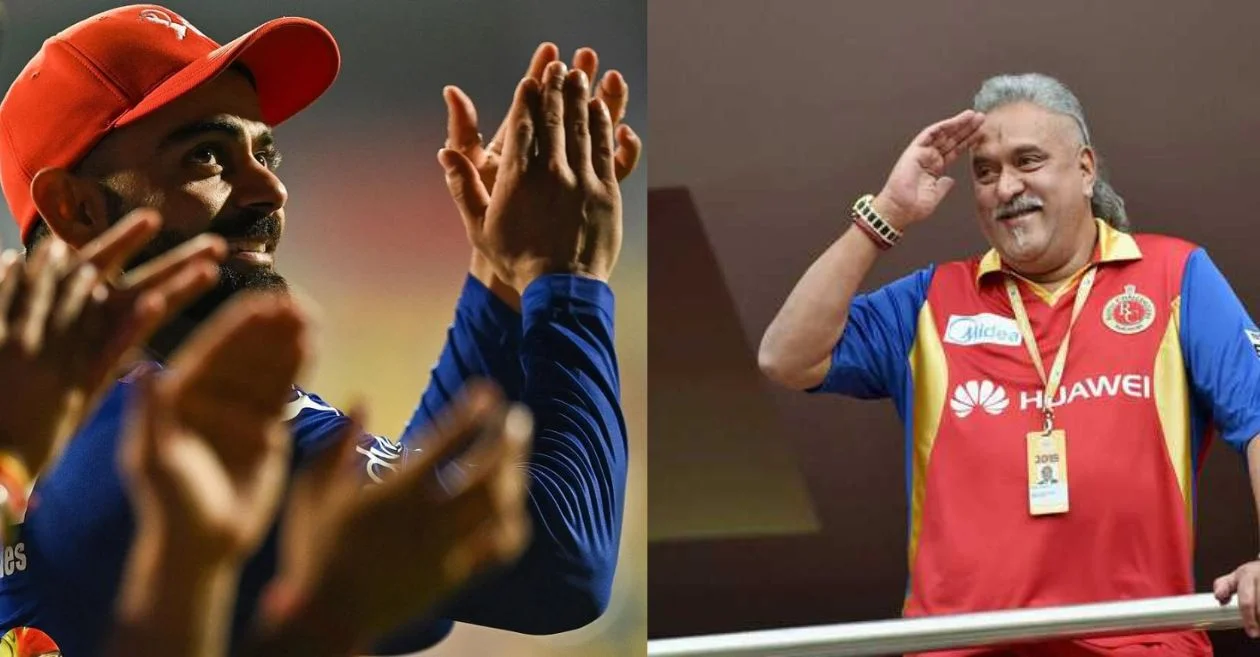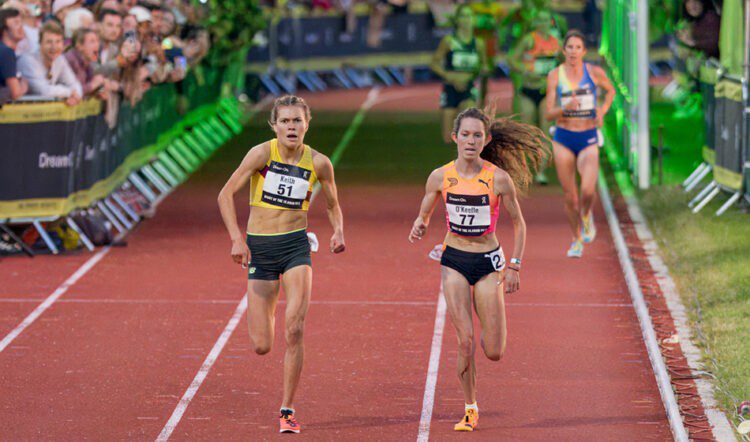There are different kinds of pressure on the golf course – and nothing is worse for the inconsistent amateur than a large audience.
Pressure can do strange things to people and affect even seasoned club members, as Don Clark recently discovered.
Clark is a racehorse breeder and owner and captain of his local golf club.
That brings with it the responsibility of launching the ceremonial first tee shot of the new golfing season.
For seasonal clubs in the United Kingdom and in some parts of the United States the ‘season’ tees off in March.
A large crowd gathered to see Clark tee off, but at least one of them will have learned that standing anywhere in front of the tee box can put you well into harms way.
The elements of a good tee shot
Because you want to hit the ball on the upswing with your driver, you must place the ball forward in your stance. Moving the ball ahead will lower your trail shoulder and encourage an upward swing.
Your stance should be slightly broader than with your irons. You would prefer to see the inside of your heels on the outside of your hips. It might also be beneficial if you put extra weight on your rear foot to urge you to smash the ball higher.
Your arms should be extended further than when wielding an iron, and your hands slightly higher. This promotes a more circular swing and flattens the swing plane, making it simpler to sweep the ball off the tee.
The back swing determines your rhythm and where the club moves at the beginning of the backswing.
Being out of position going back makes it more difficult to get into position going down. Look to have the upper body begin the backswing to maintain the club in front of the body at the takeout. This keeps the arms broad and the club face square while moving back. There is no single optimal position at the top. However, there are a few characteristics that all strong drivers share: the lead shoulder behind the ball, shoulders rotated more than hips, and more weight on the trail leg.
Great driving is all about keeping the club moving and on track. The appropriate sequence for the downswing begins with the lower body and concludes with the hands. The right process is quite similar to tossing a ball. Your legs begin the shift in direction, while your hips and torso rotate and your hands swing through.
If you end your swing balanced with your weight on the lead side, you likely executed an effective swing. You want to see your hips and chest towards the target, with your hands over your shoulders. If you lose your balance or are unable to reach a full-finish posture, something went wrong during your transition.
WATCH: Large crowd witness to perhaps the worst ceremonial tee off ever Golf365.

















You must be logged in to post a comment Login